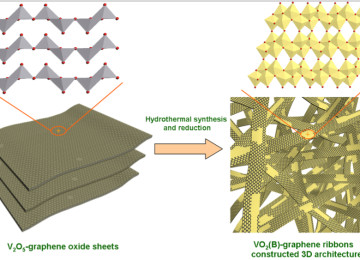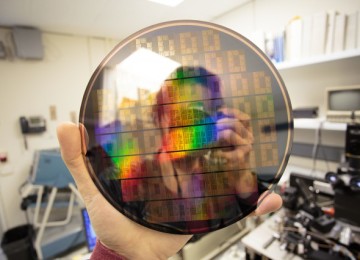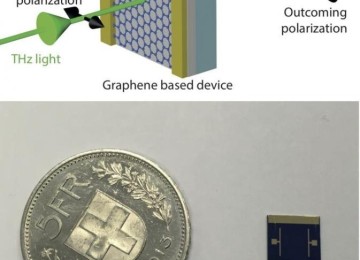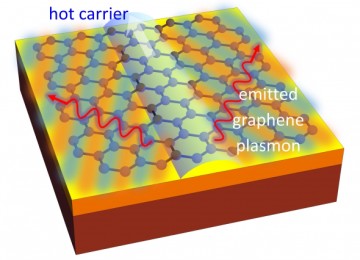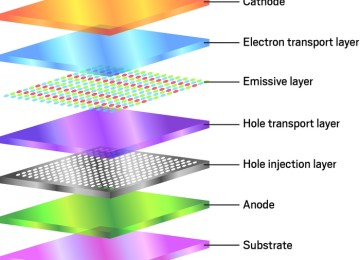Graphene makes lithium-metal batteries safer
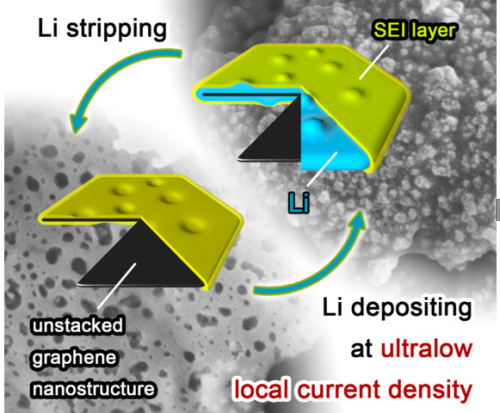
Graphene makes lithium-metal batteries safer
Widely we used lithium-ion batteries in mobiles, electronics devices and electric vehicles but can’t satisfy the increasing requirement of energy storage systems in portable electronics and electric vehicles. New lithium metal anode batteries, like Li-S and Li-air batteries, are highly sought. Lithium metal provides an extremely high theoretical specific capacity, which is almost 10 times more energy than graphite, lithium-metal new anode batteries, like Li-S and Li-air batteries, are highly sought, lithium-metal provides an extremely high capacity which is almost 10 times more energy than graphite anode in lithium-ion batteries nowadays.
Chinese researchers at Tsinghua University has proposed a graphene-based nanostructured lithium metal anode for lithium metal batteries to inhibit dendrite growth and improve electrochemistry performance.
Researchers used unstacked graphene with an ultrahigh specific surface area to build a nanostructured anode. Additionally, they have employed the dual-salt electrolyte to acquire more stable and more flexible solid electrolyte interphase, which can protect the lithium metal from further reactions with electrolyte. This graphene-based anode offered great improvement, including ultralow local current density on the surface of graphene anode (a ten-thousandth of that on routine Cu foil-based anodes) induced by the large specific surface area, which inhibited dendrite growth and brought uniform lithium deposition morphology; Also, high stable cycling capacity of 4.0 mAh mg-1 induced by the high pore volume (1.65 cm3 g-1) of unstacked graphene, over 10 times of the graphite anode in lithium-ion batteries (0.372 mAh mg-1); In addition, high electrical conductivity (435 S cm-1), leading to low interface impedance, stable charging/discharging performance, and high cycling efficiencies.
Xin-Bing Cheng, a co-author of the work said “We hope that our research can point out a new strategy to deal with the dendrite challenge in lithium metal anodes. The ultra low local current density induced by conductive nanostructured anodes with the high specific surface area can help improve the stability and electrochemistry performance of lithium metal anodes,” . Future investigation is required to design preferable anode structures and to produce more protective solid electrolyte interphase layers. The researchers also call for additional study of the diffusion behavior of Li-ions and electrons in the process of lithium depositing and stripping to advance the commercial applications of lithium metal anodes. Explore further Nanostructure enlightening dendrite-free metal anode More information












